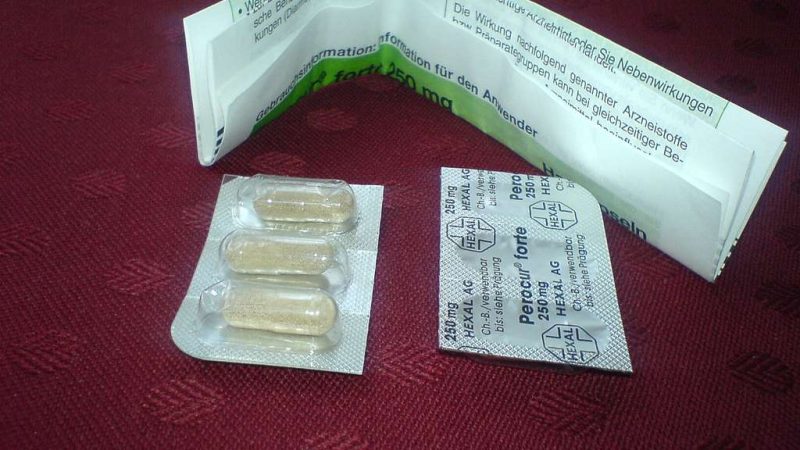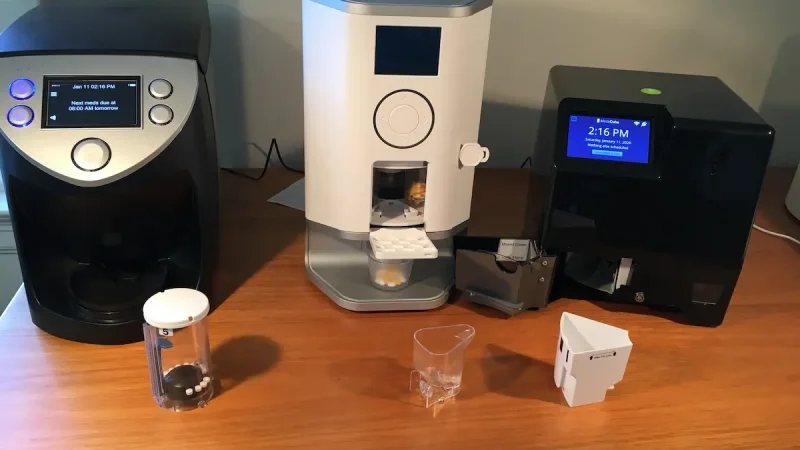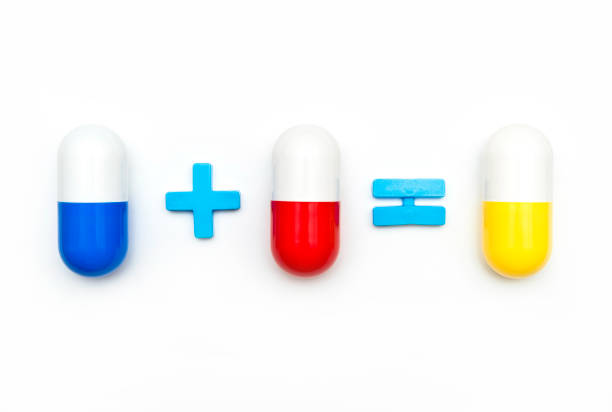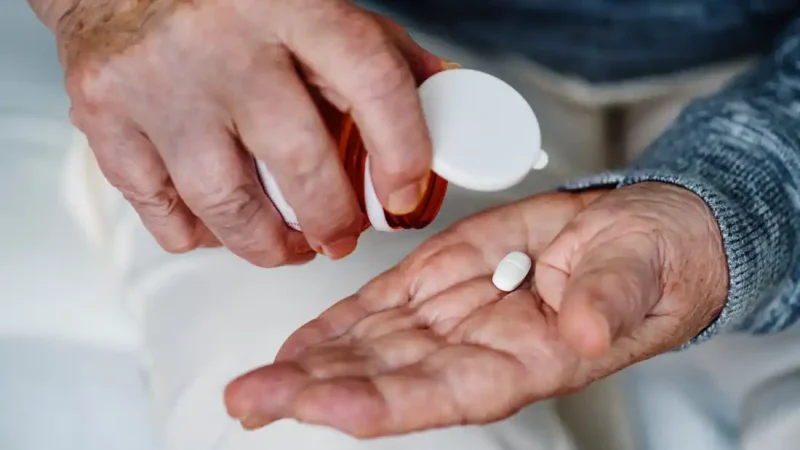Certified Medication Technician Test: A Comprehensive Guide

Table of Contents
ToggleWhat is a Certified Medication Technician (CMT)?
A Certified Medication Technician is a healthcare professional responsible for the administration of medications to patients in various healthcare settings, such as nursing homes, assisted living facilities, hospitals, and outpatient clinics. While CMTs are not licensed to make clinical decisions regarding medications, they play an integral role in ensuring that patients take their medications correctly, safely, and in accordance with the prescribed regimen.
The role of a CMT may include:
- Administering medications orally, topically, or through injections.
- Keeping track of medication schedules.
- Monitoring patients for side effects or adverse reactions to medications.
- Maintaining accurate records of medication administration.
- Assisting with medication refills and ensuring the correct doses are dispensed.
Because of the critical nature of their duties, CMTs must possess both practical skills and a thorough understanding of medication administration protocols. In many states, CMTs must pass a certification exam to demonstrate their competency and ensure that they can safely perform these tasks.
The Purpose of the Certified Medication Technician Test
The primary goal of the CMT test is to ensure that candidates have the necessary knowledge and skills to administer medications safely and effectively. Since incorrect medication administration can lead to serious health complications or even fatalities, it is crucial that CMTs have a thorough understanding of both the theoretical and practical aspects of medication management.
The CMT test is designed to assess the candidate’s proficiency in several areas related to medication administration, including:
- Understanding drug classifications, uses, and potential side effects.
- Knowledge of the routes of medication administration.
- Procedures for safe handling, storage, and disposal of medications.
- Adherence to legal and ethical guidelines in medication management.
- Understanding of infection control measures and patient safety practices.
In essence, the CMT test serves as a means to verify that candidates are competent in all the necessary aspects of their role, minimizing the risk of medication errors and enhancing the overall safety and quality of patient care.
CMT Test Structure
The structure of the Certified Medication Technician Test can vary slightly depending on the state or certification body administering the exam. However, there are common elements that most CMT exams share. These include a combination of written and practical components designed to assess both theoretical knowledge and hands-on skills.
- Written Exam: The written portion of the CMT test is designed to evaluate the candidate’s understanding of various concepts related to medication administration. This may include multiple-choice questions, true/false questions, and short-answer questions that cover topics such as:
- Drug classifications and uses.
- Dosage calculations and conversions.
- Routes of medication administration (oral, subcutaneous, intravenous, etc.).
- Legal and ethical considerations in medication management.
- Safety protocols, including infection control and patient privacy.
- Potential drug interactions and side effects.
The written exam is typically timed, and candidates must achieve a minimum passing score to proceed to the next stage.
- Practical Exam: In addition to the written test, candidates are usually required to demonstrate their ability to perform medication administration tasks in a controlled, supervised environment. This practical exam allows candidates to showcase their competence in areas such as:
- Preparing and administering medications according to the correct procedure.
- Following safety protocols, such as checking patient identification and confirming medications.
- Handling medication storage and disposal correctly.
- Communicating with patients and colleagues regarding medication instructions.
The practical exam is usually conducted under the supervision of an experienced instructor or healthcare professional, who will assess the candidate’s skills and ability to perform the tasks accurately and safely.
Preparing for the CMT Test
Given the critical nature of the CMT role, proper preparation for the test is essential. Candidates must thoroughly review all relevant topics, practice medication administration procedures, and familiarize themselves with both the theoretical and practical aspects of the exam.
- Study Materials: There are many study resources available to help candidates prepare for the CMT test. These include textbooks, online courses, practice exams, and study guides. Some of the key topics that candidates should focus on include:
- Pharmacology and drug classifications.
- Routes of administration and dosage forms.
- Drug interactions and adverse reactions.
- Patient safety and infection control protocols.
- Legal and ethical responsibilities of medication technicians.
It’s also important to review state-specific guidelines and regulations, as these can vary by location.
- Hands-On Training: In addition to theoretical knowledge, candidates should engage in hands-on training to familiarize themselves with medication administration procedures. Many certification programs offer practical training sessions where candidates can practice administering medications under supervision. This training ensures that candidates develop the necessary skills to perform the tasks required of a CMT safely and confidently.
- Practice Tests: Taking practice exams can be a helpful way to assess your knowledge and identify areas where further study is needed. Many online resources and study guides offer sample questions that mirror the format and content of the actual CMT exam. Regularly taking practice tests can help improve test-taking skills, boost confidence, and ensure a strong understanding of key concepts.
- Time Management: Managing time effectively during both the written and practical exams is critical. Candidates should practice pacing themselves during study sessions and mock exams to ensure they can complete the exam within the allotted time.
Taking the CMT Test
The process of taking the CMT test typically involves registering with the certifying body, paying the required fee, and scheduling the exam. The testing process may differ depending on the certification provider and state regulations, but the general steps are as follows:
- Registration: Candidates must first register for the CMT exam with the appropriate certifying organization or state licensing authority. This usually involves completing an application form, providing proof of relevant training or education, and paying the registration fee.
- Exam Day: On the day of the exam, candidates should arrive early and bring any required identification or documentation. For the written portion, candidates may need to bring a pencil, eraser, and other basic supplies. For the practical portion, candidates should wear appropriate attire and be prepared to demonstrate their medication administration skills.
- Results and Certification: After completing the exam, candidates will typically receive their results within a few weeks. If successful, candidates will be awarded certification as a Certified Medication Technician, allowing them to legally work in the role. Certification is often valid for a certain period (e.g., 2 years), after which it may need to be renewed through continuing education and re-examination.
The Importance of CMT Certification
Becoming a Certified Medication Technician offers a range of benefits, both for the professional and the patients they serve. Some key advantages of certification include:
- Enhanced Job Opportunities: Many healthcare facilities, particularly those in long-term care, prefer or require that medication technicians hold certification. Being a CMT can open up job opportunities and increase a candidate’s competitiveness in the healthcare job market.
- Increased Patient Safety: Certification ensures that CMTs have the necessary knowledge and skills to safely administer medications. This helps reduce the risk of medication errors, adverse drug reactions, and other safety issues that can occur in healthcare settings.
- Professional Development: Becoming certified demonstrates a commitment to professional development and excellence. CMTs who maintain their certification through continuing education are better equipped to stay current with the latest best practices and regulatory changes in medication management.
Conclusion
The Certified Medication Technician Test is a vital part of the process for individuals seeking to work in the role of medication technician within healthcare settings. Through rigorous preparation, candidates can acquire the knowledge and practical skills needed to safely administer medications and contribute to patient well-being. By passing the test and earning certification, CMTs help ensure that medication administration is performed accurately and in accordance with safety standards. Given the vital role that medication technicians play in patient care, the CMT test helps ensure that only qualified professionals carry out this critical responsibility.





